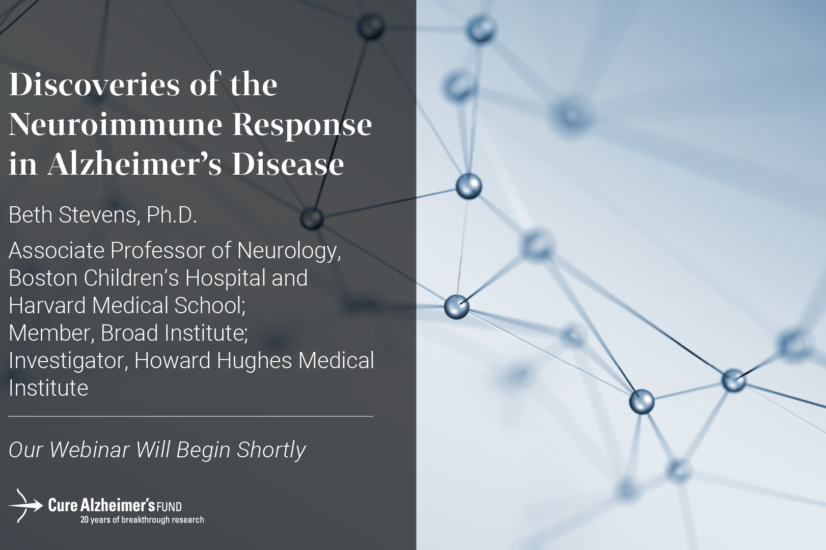
Posted February 3, 2021

Although the three variants of the APOE gene (APOE2, APOE3, and APOE4) differ only by a single letter (nucleotide), the three variants have vastly different impacts on the brain. For example, APOE4, the main Alzheimer’s disease susceptibility gene, is also known to negatively impact cerebrovascular function. How and why APOE4 affects blood vessel (vascular) functioning, however, has remained somewhat of a mystery.
Now, new research by John Fryer, Ph.D., Takahisa Kanekiyo, M.D., Ph.D., and Guojun Bu, Ph.D., of the Mayo Clinic provides us with some insights into the relationship between APOE and cerebrovascular function. Specifically, the research team focused on the expression of human APOE3 or APOE4 in vascular mural cells (VMCs)—cells that are important for normal vascular formation and function. To do so, they generated Cre-inducible, mouse models that selectively expressed APOE3 or APOE4 (iE3/Cre+ or iE4/Cre+, respectively) in the VMCs and then compared the results between the groups.
First, the research team found that expression of APOE4 (but not APOE3) impaired arteriole blood flow, vascular function, and behavior—a result that confirmed previous work implicating APOE4 in disrupted cerebrovascular functioning. Then, to better understand the gene expression patterns of APOE3 and APOE4, they profiled thousands of vascular and glial cells using a high-throughput technique known as single-cell RNA sequencing. Once again, they found differential impacts of each APOE variant: APOE4 in VMCs was associated with astrocyte activation, while APOE3 was linked to the formation of new blood vessels (angiogenesis) in pericytes.
To investigate the impacts of these changes on behavior, the research team tested the mice on a variety of anxiety and memory-based tasks. In anxiety tests, the presence (or absence) of the APOE3 variant made no difference to the behavior of the animals. However, mice with the APOE4 variant showed increased anxiety-like behaviors in two standard rodent anxiety tests compared to mice without APOE4. Next, the researchers trained and tested mice in various memory-based tasks and found that the mice performed similarly across all memory tests, except for one: a spatial memory-based task known as the Morris Water Maze (MWM).
In the MWM task, animals are placed in a vat of water that contains a small escape platform. When placed in water, rodents will immediately begin swimming around, searching for a way out. After a few training days like this, animals typically learn the location of the small platform and swim almost immediately to the platform, indicating that spatial learning has occurred. Although both APOE3 and APOE4 mice were able to learn the location of the small platform over time, the APOE4 mice took a much longer time to learn the platform’s location in the first place, indicating a spatial learning impairment.
Finally, live (in vivo) imaging of vascular function revealed a significantly reduced velocity of cerebral blood flow (CBF)—a measure of blood flow volume through the brain—in APOE4 mice compared to APOE4 knockout mice. Additionally, analysis of synaptic plasticity, a mechanism that describes the strengthening of synaptic connections, was compromised in APOE4 mice. Synaptic plasticity is critical for supporting the formation and storage of memories in the brain, thus any measurable impairment indicates a potential deficit in the brain’s memory systems.
Altogether, the APOE4 mice showed deficits on a cerebrovascular, behavioral, and synaptic plasticity level compared to APOE3 mice. And although the researchers acknowledged that their mouse models might not perfectly recapitulate the way APOE4 is normally expressed in the brain, the study adds more evidence to the mounting pile of data suggesting a strong link between impaired cerebrovascular function and cognitive decline.
Published in:
Neuron
John Fryer, Ph.D., Mayo Clinic
Takahisa Kanekiyo, M.D., Ph.D., Mayo Clinic
Guojun Bu, Ph.D., Mayo Clinic





